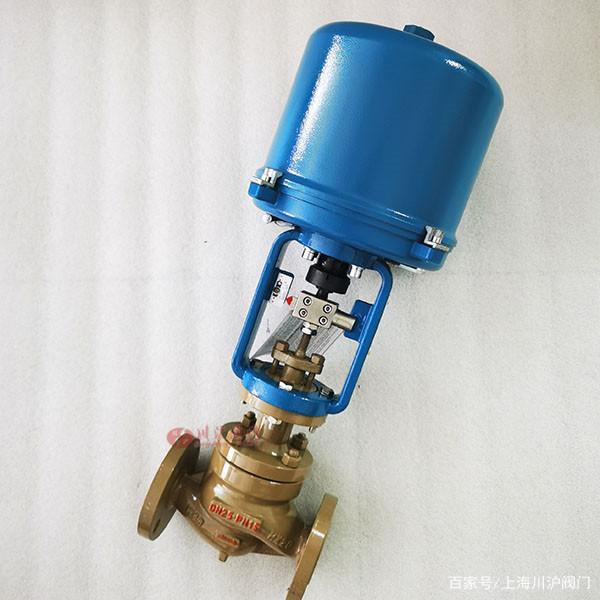
Control valve, also known as control valve, in the field of industrial automation process control, by accepting the control signal output from the regulating control unit, with the help of power operation to change the medium flow, pressure, temperature, liquid level and other process parameters of the final control element. Generally consists of an actuator and a valve. If the stroke characteristics, control valves can be divided into straight stroke and angle stroke; according to the power used by the actuator, can be divided into pneumatic control valves, electric control valves, hydraulic control valves; according to its function and characteristics into linear characteristics, equal percentage characteristics and parabolic characteristics of three. Control valves are suitable for air, water, steam, various corrosive media, slurry, oil and other media. Control valve in the process of use will have some failure problems, how to avoid these failures, we look at.
1、Cleaning method.
Pipeline welding slag, rust, slag, etc. in the throttle port, guide parts, the lower valve cover balance hole caused by blockage or stuck so that the spool surface, guide surface strains and scratches, indentation on the sealing surface. This often occurs in the new commissioning system and the initial commissioning after major repairs. This is the zui common failure. In this case, it must be unloaded for cleaning, to remove the slag, such as sealing surface damage should also be ground; at the same time, the bottom plug open to flush out the slag from the balance hole into the lower valve cover, and flush the pipeline. Before commissioning, let the regulating valve fully open, the media flow for a period of time and then into normal operation.
2、External flushing method.
For some easy to precipitate, the media containing solid particles using ordinary valve regulation, often in the throttle port, guide at the blockage, can be external flushing gas and steam at the bottom plug of the lower valve cover. When the valve is clogged or stuck, open the external gas or steam valve, you can complete the flushing work without moving the regulating valve, so that the valve operates normally.
3、Installation of pipeline filter method.
For small-diameter regulating valves, especially ultra-small flow regulating valves, the throttle gap is very small, the medium can not have a little slag. In case of blockage, install a filter on the pipeline in front of the valve to ensure the smooth passage of the medium. Regulating valve with positioner, the positioner does not work properly, its airway throttle blockage is zui common failure. Therefore, with the positioner work, must deal with the air source, the usual method is to install the air filtration pressure reducing valve on the gas source line in front of the positioner.
4、Increase throttle gap method.
Such as solid particles in the medium or pipeline washed off the welding slag and rust caused by the failure to pass the throttle port blockage, jamming and other failures, can be replaced with throttle clearance of large throttle parts – throttle area for the open window, open class spool, sleeve, because of its throttle area concentrated rather than circumferential distribution, the failure can be easily eliminated. If it is a single, double-seated valve can be changed to a plunger-shaped spool “V” shaped mouth spool, or into a sleeve valve. For example, a chemical plant has a double-seated valve often stuck, the recommended change to a sleeve valve, the problem was immediately solved.
5, media flushing method.
Use the medium’s own scouring energy, scouring and take away easy to precipitate, easy to block things, so as to improve the valve’s anti-blocking function.
Common methods are.
① change to flow closed type use.
②Adopting streamline valve body.
③Place the throttle port at the more powerful scouring, using this method should pay attention to improve the material of the throttle parts of the erosion resistance.